|
Attractions.io’s Peter O’Dare explains how user segmentation is transforming the visitor experience for the better

Tom Anstey | Planet Attractions | 21 Apr 2022
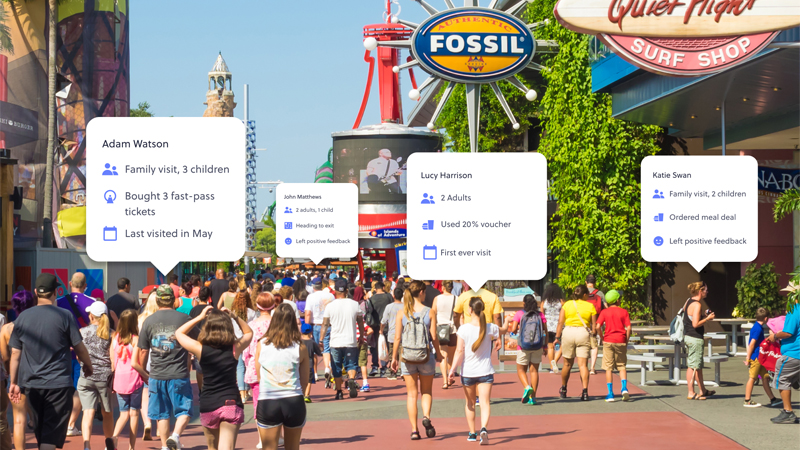
 Credit: attractions.io Credit: attractions.io
The theme park experience has evolved at a rapid pace over the last few decades, even more so with the arrival of the global pandemic.
The arrival of Covid-19 forced the adoption of a number of new technologies, leading the average visitor to truly embrace digital into an overall experience.
Of course, many of these technologies already existed and were in use on some level. But fundamental changes in the way society operates has led people to become more digitally dependent, and more eager to adopt digital technologies.
If you look back just a few years before this digital boom, in a theme park or large attraction, the printed map was the blueprint for a successful experience. That of course has evolved way beyond its base, with the map now operating as an all-encompassing experience - still stored in our pockets, but now on our phones - in the form of an app.
Whether it be a theme park, a zoo, a museum or any other kind of attraction, the app tells you everything you need to know about your experience - from location, to cost, to ticket purchases, to add-ons, to wait times. But what the user of this app might not consider is that what they do while using the app is also being used to maximise their experience.
With the majority of guests now using digital tools to explore their favourite attractions, the data returned in hand can benefit both themselves and the park. In exchange for information about what to do, who to see and where to go, the data collected by parks helps on a number of levels. At its base is marketing, but it’s just as crucial on the operations side of things, with management able to use advanced segmentation to ensure their guests have a positive experience.
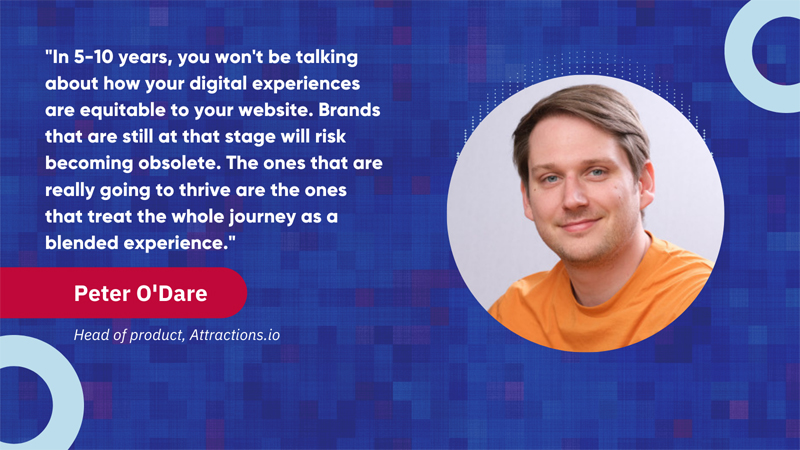
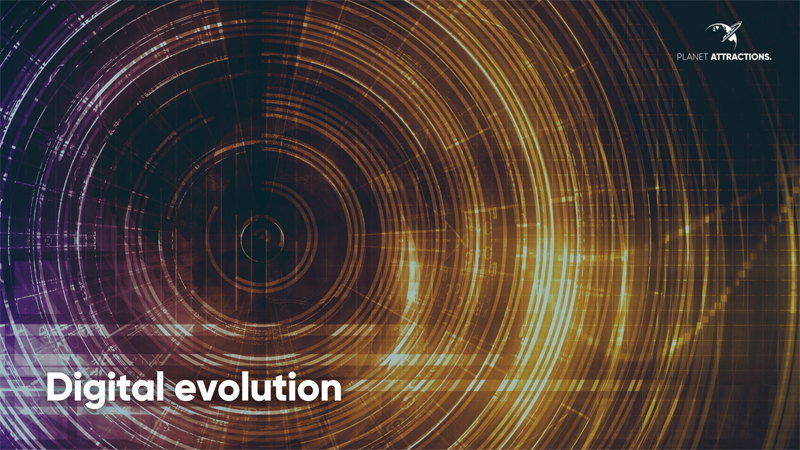
While no two guests are alike, the ability to group app users with similar attributes means that, for the first time, operators can offer a truly personalised experience based on how the user acts, not only during their visit but also before and after their trip.
“A map is only as useful as the information that's printed on it and if the information is not what you are after, it can't adapt,” explains Peter O’Dare, head of product at Attractions.io.
“This is where the app has a really good place to do that and to develop that trust. If the app knows that you haven't yet, it reacts to that and gives you access to the information that best suits your needs at that specific time, such as opening hours and ticket purchase options.
“If a brand or an attraction isn’t careful, they will find themselves falling way behind digital comparators like Netflix. I'm a millennial, in my early 30s. I've seen this progression from print to digital firsthand, so I understand the process. The younger generations will have grown up without having to ever get to those friction points. They will just see a brand that’s outdated and an experience with that friction they don’t experience in the rest of their lives.”
Building on this thought process, Attractions.io has put significant investment into reimagining its targeting capabilities with the launch of a new User Segmentation feature.
Released at the start of April, the new tool has initially launched to more than 50 customer sites and gives operators the ability to divide users into distinct groups based on their characteristics. That data can then be used to offer the visitor a personalised experience.
“For the market generally, data hasn't really been used to break barriers,” says O’Dare, adding that this applies equally to large global operators with multiple sites and smaller parks or FEC operations.
“Attractions get to a point where they can run general marketing campaigns. They might have an email flow that they send out to people who bought tickets and start to collect emails through competitions and social media campaigns to build up their audience. There's been progress when it comes to adopting digital tools, but there's still a huge opportunity that most people aren't taking advantage of.
“But what they lack is the data necessary to target different messages to different types of customers. They have to take a one-size-fits-all approach to their marketing campaigns, which leads to poor conversion rates and can leave customers feeling alienated from the brand.”
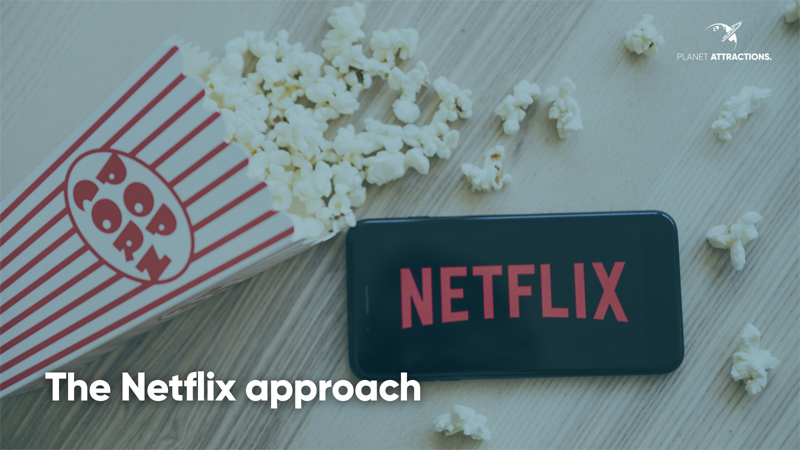
The next step, says O’Dare, is to work out how to create a proposition that offers better results for the attraction, leaving the guest feeling like the operator really understands who they are. This is where segmentation and a dynamic approach on the customer end come into play.
“Segmentation is always leading to this feeling of personalisation for the visitor,” he explains. “Netflix, for example, has a very sophisticated approach for product-led growth through personalisation and that's because they have a deep understanding of each unique customer.
“You don’t have to fill out a questionnaire so they understand you. The platform captures user behaviour and then enables Netflix to respond based on how that user has acted. It feels very natural.
"If you have to ask your guests what they're interested in, then you're doing it wrong. An app can collect data that tells us how guests actually behave and studies on user behaviour tell us that actions speak louder than words.
“All of the data that we allow customers to segment naturally occurs as the guest interacts with the attraction. You can see how they act from the metrics we provide.”
By filtering visitor data with the User Segmentation tool, the operator can unearth a guest’s behaviour, motivations and desires within an experience. This can not only expand knowledge of this particular segment but also help to personalise outgoing communications and increase commercial yields through tailored promotional deals.
“We already have user features where you can see who's using the app and if they've signed up for emails. This tool builds on that experience,” explains O’Dare.
“It allows you to explore how many users you have but then really segment them - dividing them up into groups based on one or more characteristics that they share.
“As an example, perhaps you want to create a segment based on people who are likely to be evaluating a purchase so that you can send content that encourages them to convert. You could create a segment that includes those who last visited more than a year ago, but have been into the app during the past week.
“What we offer as an experience platform is a value exchange between our customers and the guest. The guest gets a really useful tool that makes their day better - a personal concierge for their visit - and the parks get that data in exchange.”
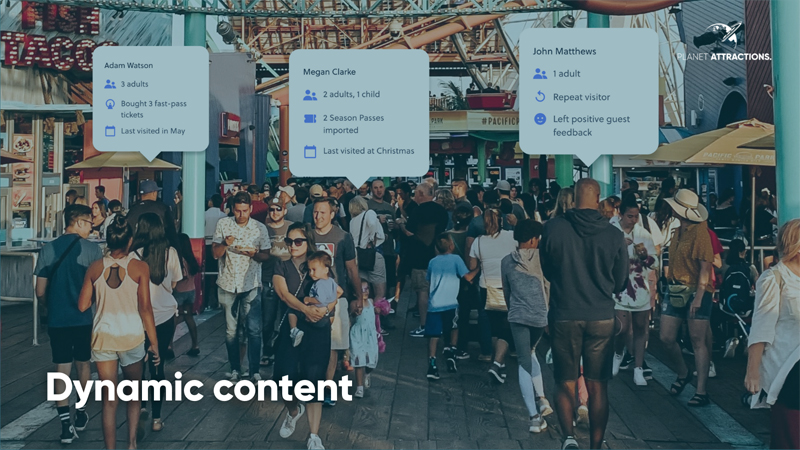
The new tool has been designed so marketing teams can be strategic about how they contact their customer base, and so operations can control everything from a logistical standpoint.
With advanced filters, there are an endless number of ways the user can be broken down into different groups. This could be anything from visitors with season passes visiting at Christmas to people who spent £15 and ordered a cheeseburger during their day out.
“At the top of the range, e-commerce sites optimise while you're on the page,” says O’Dare. “For example, on the ASOS website, when you get to the end of that experience it will be optimised based on what you did at the start or maybe what you did the last three times you were there.
“At the moment, you only really know as a brand whether someone's had a bad time at your park if you get some feedback via email or they took the effort to answer a list of 30 questions from the kinds of surveys no one ever finishes. If they do give you that feedback, it's always retrospective and it's always allowing those people to become detractors for your brand if they had a negative experience.”
With User Segmentation, if a visitor is having a bad time or could potentially be experiencing issues such as queues or slow service, the operator can recognise this and use the app to try and improve their experience.
O’Dare explains: “If you can nudge the visitor towards something that might make them enjoy the experience more or recognise that you’re making an effort, it can change a negative opinion. The data collected from the app can tell us that we've recognised they're not having a good time and then we can try and do something to make that consequence a little bit less severe.”
As an example, if a guest visits on what turns out to be a rainy day, they could get a push notification giving them a free or discounted return visit - a tactic currently utilised by Alton Towers in the UK to great effect. Alternatively, if someone cited a bad restaurant experience as the cause of their negative feedback, the app could highlight this with the operator then able to offer a discount at an eatery if they return.
“For your potential detractors, maybe it's lunchtime and, you know they'd left negative feedback or the ride they just queued for was two hours long when it should have been 30 minutes,” says O’Dare. “You can tell them that you know things aren't going as planned, but as a way to apologise for that, they can have 20% off at the restaurant.
“The aim is to make the day a net positive vs. 'queueing spoiled my day, I'm not going there again'. Segmentation allows you to do that because of the data we are collecting and understanding about those guests to optimise during the visit, not just retrospectively afterwards.”
Of course, the tool also works on the flip side, with customers who leave a positive review able to be utilised as potential advocates of a brand.
“People who went yesterday and had a good time are still buzzing and they're in a good position to be promoters for your brand,” says O’Dare.
“You could say to them ‘why don't you share something on Instagram from yesterday?’ and then you benefit from free, user-generated marketing with no additional effort.”
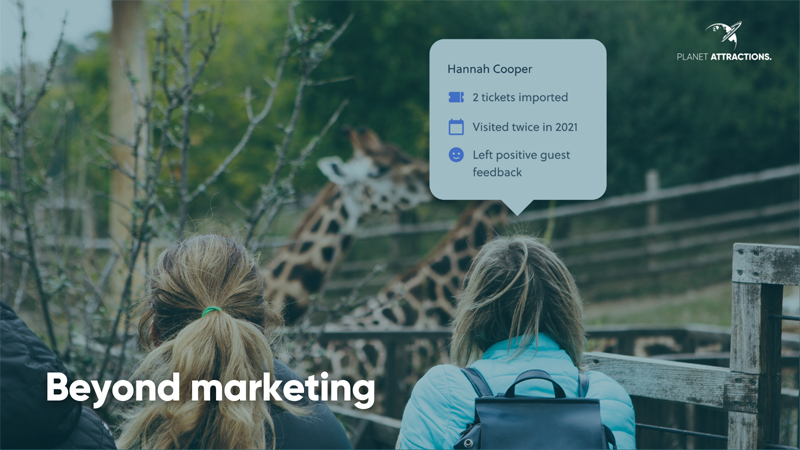
While the marketing potential alone of user segmentation is worth its weight in gold, in its unleashed form, it becomes an all-encompassing guest experience tool. With the launch of User Segmentation from Attractions.io, this is exactly what’s now on offer and is something that O’Dare believes sets a new standard for the digital experience to accompany a physical attraction.
“It shouldn't be ever limited to marketing,” he says. “At the moment marketing is the gatekeeper of the digital experience.
“In 5-10 years, you won't be talking about how your digital experiences are equitable to your website. Brands that are still at that stage will risk becoming obsolete. The ones that are really going to thrive are the ones that treat the whole journey - from planning a visit, to purchasing, to the onsite experience and beyond - as a blended experience between these things.”
And what’s the bottom line? Just like Netflix, the key to success is personalisation.
“You should be able to use segmentation as a way to take what you are doing now and take it to that next level,” says O’Dare. “It's not just a case of it being a marketing tool. You're optimising everything you're doing as a brand towards targeting segments rather than an entire audience.
“You can only go so far by treating every guest the same because ultimately you create an experience that’s either cluttered and confusing or just lacking in detail. User segmentation enables operators to personalise every step of the guest journey to deliver a richer, optimised experience.”
For more information on Attractions.io click here
Technology
|
|






Supplier Showcase 2025: The biggest attractions projects landing worldwide this year
|